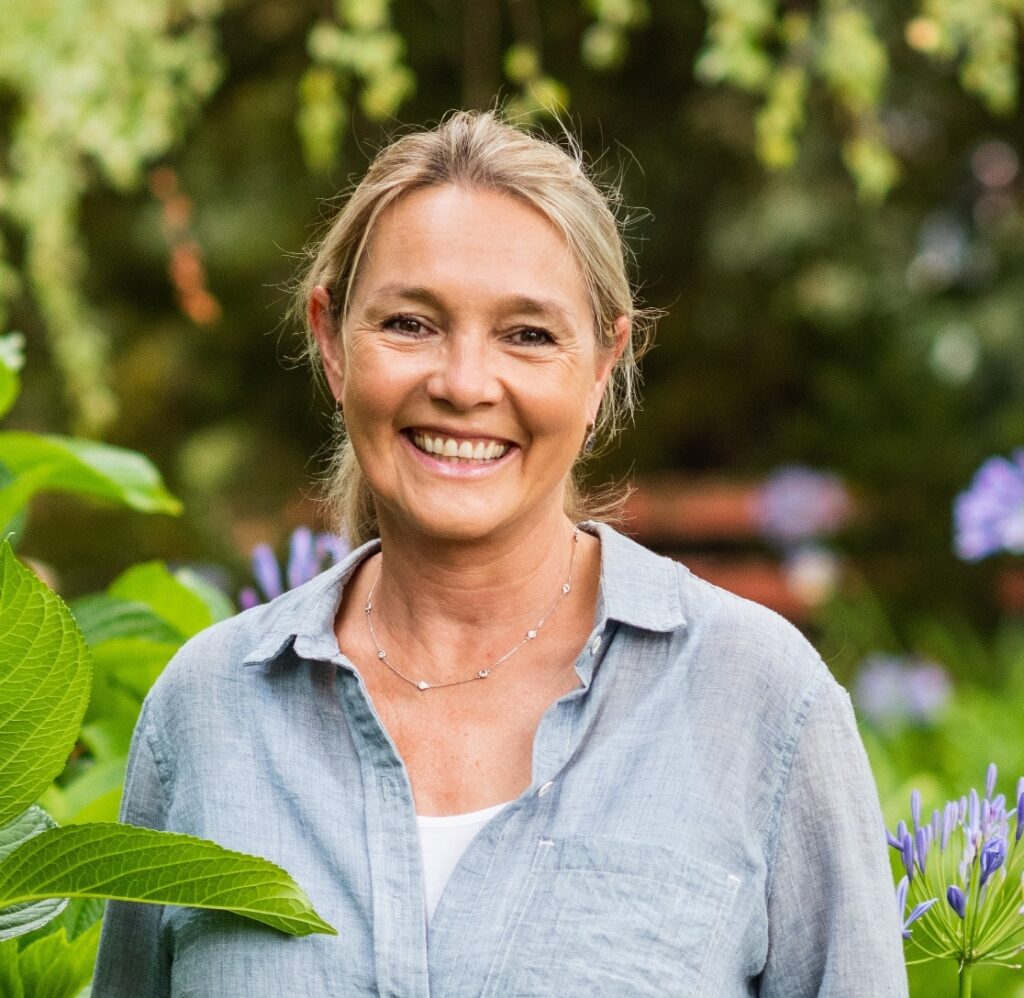
Anne Moller-Racke grew up in Oberwesel, Germany, a small town along the Rhine River. She came to California to work a harvest, but the plan was to return home after it concluded. Instead, she went to work for Buena Vista Winery as their Viticulturist. Following that, she launched Donum Estate, while also planting a vineyard in Carneros and creating her own brand, called Blue Farm Wines. She sources some of her grapes from the Petaluma Gap, and Blue Farm’s 2021 Pinot Noir from Gap’s Crown Vineyard recently scored 99 Points, Double Gold, and Best of Class at the Sunset International Wine Competition. Here’s her story.
You grew up in the Rhine River Valley in Germany in a town called Oberwesel, just west of Frankfurt. Can you tell us about your hometown and what it was like growing up there?
I had a very idyllic upbringing. Oberwesel is a small town on the Rhine River dating back to Roman time. Its glory was in the Middle Ages. Even though the population was only 3500, it was a vibrant town with many small businesses. We had 4 bakeries, 4 butchers, a cheese shop, 3 flower stores, a number of cafes, and a train station that connected you to the outside world. Being small, it was very safe and as a youngster you could be quite independent. Oberwesel is a walled city with 17 towers and a ring wall that you can walk on. We had a castle that was a hotel and youth hostel, two churches and a cloister. I have wonderful memories climbing up to the castle with my friends.

Can you tell us about some of those memories of life in Germany?
As we move into the holiday season, the Advent/Christmas time comes to mind. Our traditions are slightly different. We had parades from one Church to the other holding our self-made lanterns. The whole town participated. One of the parades would happen on November 11, for St. Martins Day, and the other would be on December 5th for St. Niklaus. The town was decorated and the snow-covered roofs made it so festive. Carnival was another great time. Playing around the town in costume, which would start on Saturday and go through Ash Wednesday. During harvest we had a Weinfest, which again started Friday evening with big fireworks on Saturday evening and a parade through town on Monday. There were many fun festivities. Life was simple and very family oriented.
What brought you to this country?
I came to this country to work a harvest, learn the language and live a year in CA, what a great adventure. It was never my plan to stay a lifetime.
Was it difficult to acclimate to our culture?
I was fortunate to come to such a beautiful small town called Sonoma. Everyone was very friendly. It certainly took me a while to get fluent in English even though I had learned English in school. America is very welcoming and open. There are so many cultures, blending in seemed fairly easy.
Did you ever think you’d own a winery and have your own vineyard when you first came here?
No not at all, I thought I would return to Germany and live my life there.
Your first job in the US was working for Buena Vista. What did you do for them?
I was their Viticulturist/Director of Vineyard Management. Arriving in the early 80’s I had good timing. I often say in the 70’s vineyards were planted all over the valley, all varieties and when the 80’s rolled around we had learned what grew best where. Our climate and soils allow us to grow many different varieties. When I arrived, most wineries grew and made many different wines. That changed in the 80’s when we created AVA’s. For example, Carneros became known for Chardonnay and Pinot Noir. Napa Valley today is predominantly Bordeaux varieties.
Were you specifically trained in viticulture or enology and was this a natural first step in your career?
I grew up in a wine region in Germany, but most of my viticulture/ enology training started in the US.
You went on to start Donum Estate and built their reputation for world-class Pinot Noir. Who made their wine during your tenure?
Ken Bernards made the first vintage (2001) as our consulting winemaker. He introduced me to Kenneth Juhasz, who took over as winemaker in 2003. Kenneth and I worked together until 2012, when our intern and his assistant, Dan Fishman took over in the cellar. I left in 2019 to focus on Blue Farm, which I had started back in 2007.
Were there any significant lessons learned during your time running Donum?
Certainly. In the early 2000’s Pinot Noir became a household name propelled by the movie Sideways. It was great to be part of that boom. When we started the Donum project, our vineyards were part of the larger Buena Vista 1000-acre vineyard Estate. We had to shape and replant our Donum vineyards to fit our mission of creating world-class Pinot Noir. I often said I was able to work on a production-size clonal experiment. If I had replanted our Donum vineyards in the early 2000’s I would have chosen mainly Dijon clones, as they were the most sought-after clones at that time. By grafting these various selections first, I could learn what selection would produce the best quality wines. We had a mix of heritage selections and Dijon clones. When we were ready to replant the vineyard in 2013, I had gathered that knowledge, which was a great help.
Was it easy to pass the baton or was it bittersweet?
I had a lot of fun at Donum, beside the vineyard replant, building a winery and hospitality facility, and installing a major sculpture park was certainly a wonderful project and a once-in-a-lifetime opportunity. Turning an old dairy into a world-class sculpture park that produces beautiful, interesting wines is pretty special. But I spent 19 years at Donum, so it was time to focus on Blue Farm.
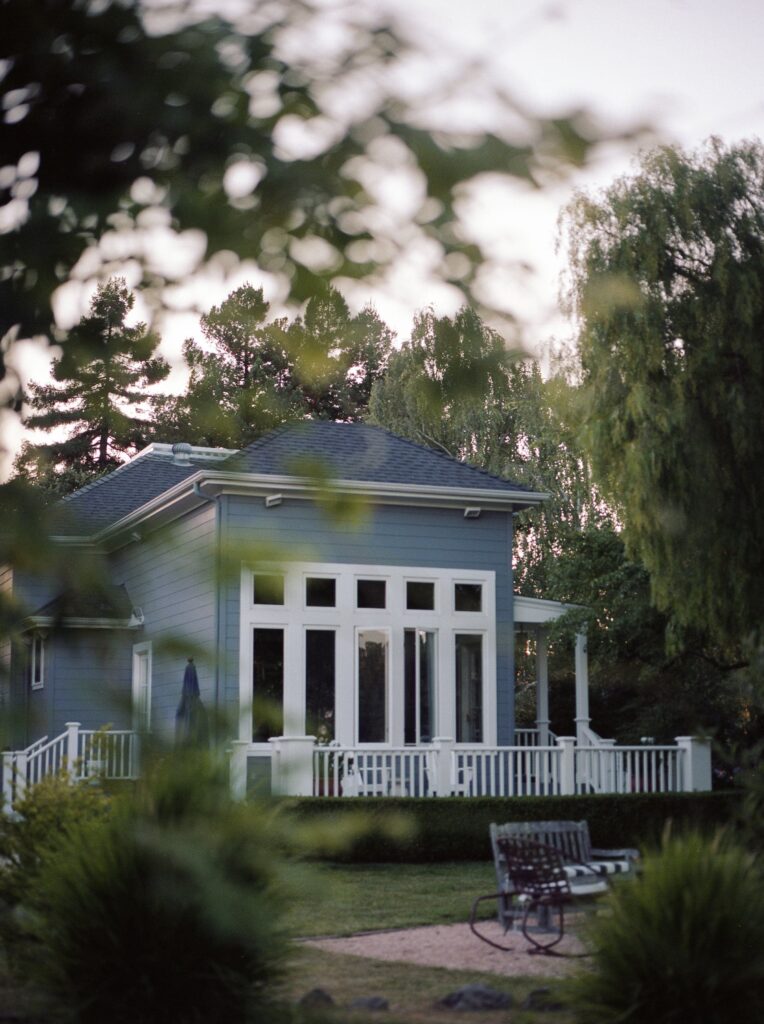
About 20 years ago you purchased property in Sonoma and moved into the old farmhouse while planting several acres of Pinot Noir on an adjacent parcel. Did you plant the vineyard yourself or did you hire someone to develop it?
I worked with a labor contractor to plant the vineyard, but I designed and laid out the vineyard and made all the viticulture decisions.
Why did you choose that specific property?
The property is in Carneros, which I had become close to. It was 10 acres of virgin ground, a great blank canvas to start creating. My property is an old riverbed, which makes it different from many other Carneros plots. The soil drains well but has enough water-holding capacity. It is a very even parcel, which again creates a perfect unit.
You supported the development of the Carneros AVA and helped establish the Carneros Wine Alliance. The Carneros AVA was created about 35 years before the Petaluma Gap became an official AVA! As the Chair Emeritus for the Carneros Wine Alliance, do you have any suggestions for PGWA on how to establish the Gap as a world-class wine-growing region?
When Carneros was established back in 1983, the wine industry was still in its infancy. Our early mission was focused on viticulture, especially with the failing of AxR rootstock back in the late 80’s. Today, marketing and driving traffic is the main mission. It is important to separate yourself from the other AVA’s.
You also source grapes from vineyards other than your own, including Gap’s Crown. Congratulations on your recent 99-point rating from Sunset Magazine for your Gap’s Crown Pinot. Do you plan to source grapes from any other vineyards in the Gap?
I love working with Gap’s Crown fruit. I have been working with it for over 10 years now, starting in 2013. I believe winemaking starts in the vineyard and consistency is important. When I expanded my Blue Farm offerings in 2013, I partnered with three great vineyards, Gaps Crown, the Zio Tony vineyard owned by the Martinelli’s in Russian River Valley, and Wayfarer in Fort Ross-Seaview AVA. I feel very fortunate to be working with such beautiful sites for the last 10+ years. If a great opportunity presents itself, I would certainly look at it.
How important do you think wine ratings are?
Third-party endorsement is important. I am a small producer at 2500 – 3000 cases. Getting the word out creates awareness and helps sell the wine.
Have you submitted your Petaluma Gap wines to other competitions?
Yes, I have. The 2021 Gaps Crown has garnered great attention. It was the wine of the week in the Press Democrat. It received 93 points from both the Wine Spectator and Wine Enthusiast. It just won Best of Varietal in the American Fine Wine competition. This wine appeals to many wine lovers, it is an easy wine to enjoy.
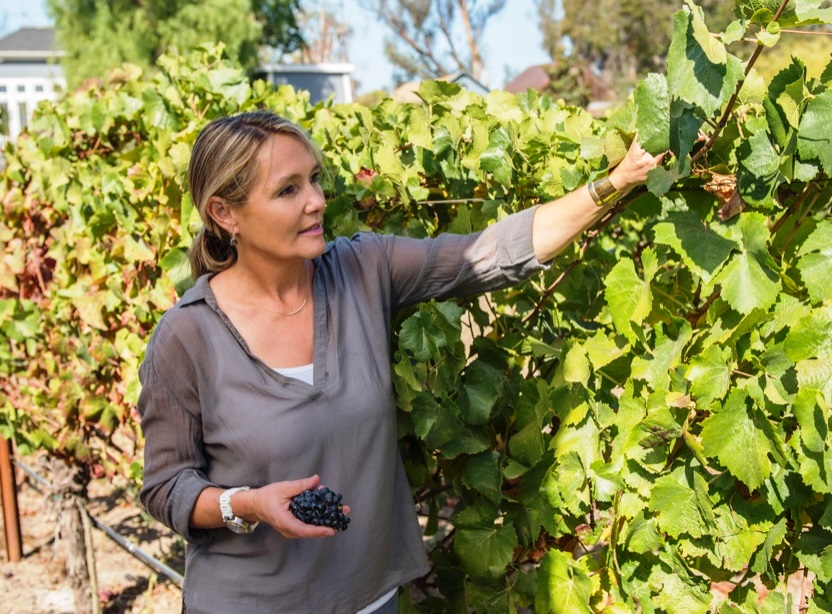
You’ve been in the US wine industry for about 40 years. Do you have a favorite vintage from over the years?
I like drinking 2011’s, a cooler vintage. 2004 was a great year for us at Donum, it put our wines on the map. 2021 is a delicious vintage and I think 2023 will be very interesting. We are getting ready to bottle the 2022s in a few weeks, I am looking forward to getting the wines into the bottle and seeing them develop. Being so intimately involved in all aspects, from growing to making, and selling, I enjoy the challenge of bringing out the best of each vintage. Each vintage shares the story of the grapes journey from that site. I love seeing the differences and similarities.
With bud break and the onset of a new vintage, what goes through your mind about the year ahead?
Every year is a new promise. We had some nice early rains, which got the cover crop started. Walking the vineyard, I have a healthy canopy to prune. The foliage was holding on, storing carbohydrates for the next season. The forecast calls for another wet winter, which will be good for the vines. I am always hopeful; I am a farmer.
Having just harvested the 2023 vintage, do you have any thoughts or expectations for the 2024 vintage?
I think I am going as strong into the 2024 season as possible. There was little stress on my vines this season. I feel good about 2024. Every year is different, that is the joy of growing wines.
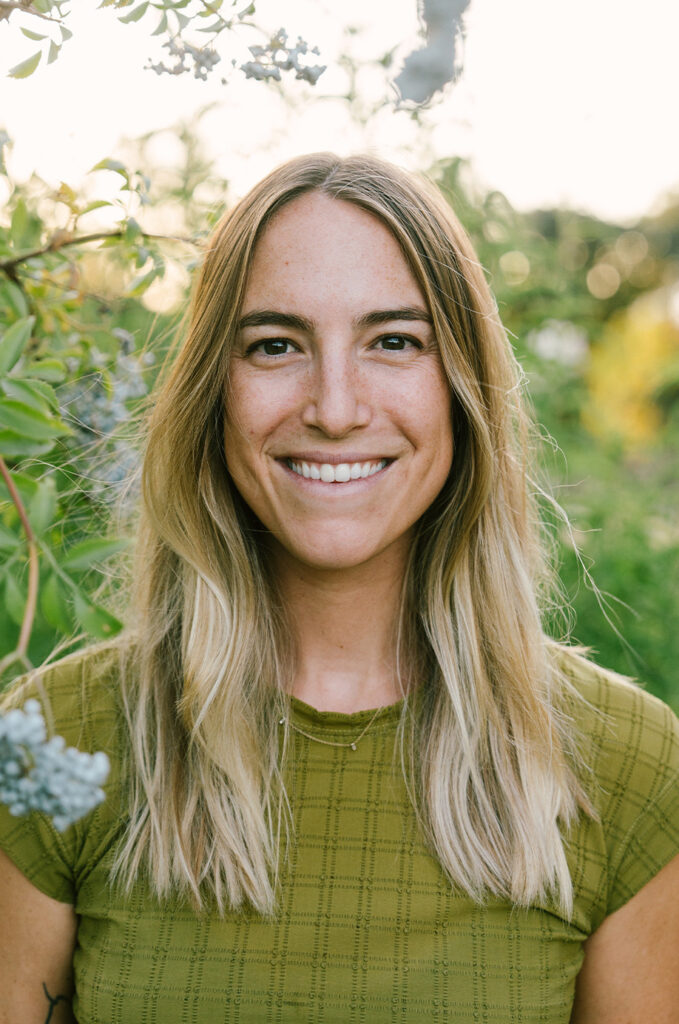
Your daughter, Hannah, also works in the wine business. What does she do?
Hannah joined at the end of 2019, she is wearing many hats, from vineyard work, to helping in the cellar during harvest, to marketing and social media. I am very blessed to have her young energy and ideas be part of our Blue Farm world.
Do you have other children?
Yes, I have an older daughter who worked with me at Donum many years ago and has now been the director of sales and marketing for 12 years at Stone Edge Farm, a small Moon Mountain producer in Sonoma Valley.
You’ve said in the past that you’re an introvert. How is that possible when you host so many guests at Blue Farm?
I am not public-facing on a day-to-day basis. I focus on the business side and growing grapes and making the wines. Jessica is our DTC manager. She and Hannah handle our wine club and tastings.
What do you do to decompress after a long day in the limelight?
I like to hike and cook and drink a good glass of wine. I also have a large rose garden that I love tending to.
Is there anything else you’d like to tell us about your experiences in winegrowing or the creation of Blue Farm Wines?
You have asked so many wonderful questions, thank you, Cheryl. I would love to say that the 40 years have gone by quickly and that I still very much love what I do. It is varied and always remains interesting to me.
